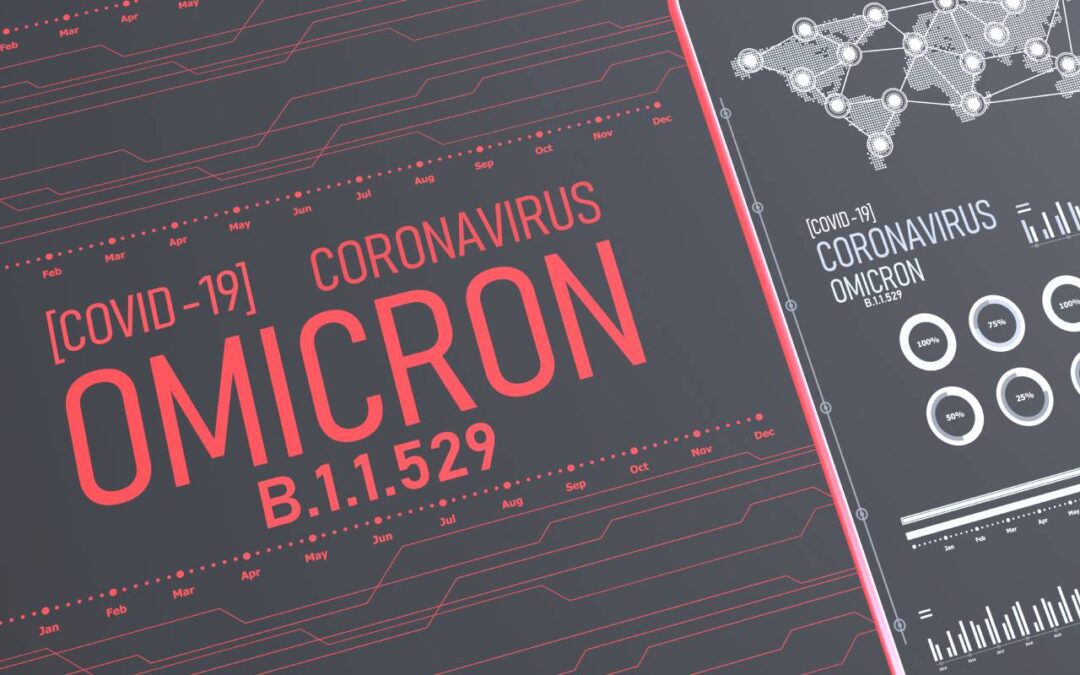


History of Outpatient Anesthesia and Surgery
Outpatient anesthesia, also referred to as ambulatory anesthesia, has gained traction in the past few decades as a safer and more cost-effective method of anesthesia for specific surgical procedures. It refers to the use of anesthesia during surgical procedures where...
Endoscopic GI Procedures: An Overview
Endoscopic gastrointestinal (GI) procedures refer to operations in the GI tract that work through small, flexible tubes and are less invasive than open surgery. Endoscopic GI procedures often aim to remove bodies such as tumors and lesions from the GI tract. Two...
Anesthesia Without An Anesthesia Provider: GI Procedures
Most non-emergent gastrointestinal procedures require only mild to moderate levels of sedation. More invasive procedures historically required the presence of a trained anesthesiologist in the operating room to maintain patient analgesia and sedation. However, the...
Propofol With vs. Without Lidocaine
Propofol has turned into one of the most common anesthetic agents for anesthesia due to its unique pharmacologic properties, providing smooth induction and rapid recovery from anesthesia (1). However, pain during injection is one of its major drawbacks. Not only may...






Recent Comments